US President Donald Trump on Friday urged Republican lawmakers to use the ’nuclear option’ to end the filibuster, a congressional norm that requires a vote of 60 senators to clear a bill instead of the simple majority of 51.
Trump has pitched ending filibuster as a way to end the US government shutdown, which appears to set to become the longest in the country's history.
Trump said, ‘It is now time for the Republicans to play their ‘Trump card’ and go for what is called the nuclear option — get rid of the filibuster, and get rid of it now."
The Republicans have a slim majority in Senate and they need some Democrats to join them to pass the budget open the government. But Democrats have so far been united in their decision to stand up to Trump.
The idea driving the Democrats is that they cannot surrender on f undamental issues of healthcare and food assistance. Under Trump-endorsed budget, health insurance premiums will rise —four times for many families— for around 24 million Americans as it will end subsidies under the Affordable Care Act (ACA) and remove another 11.8 million Americans from Medicaid coverage over the next decade.
Referring to Democrats who have previously called for the filibusters’ removal, Trump he wants to take a leaf out of their notebook to negate the purported advantage that they are now drawing from the norm.
Impact Shorts
More ShortsWhat is a filibuster?
The filibuster and a related provision called ‘cloture’ are part of Senate’s proceedings.
Under filibuster, a senator has the right to speak indefinitely on the floor of the house. This is rooted in the Senate having the norm of indefinite debate on any topic. Historically, senators have given long speeches —running over 24 hours straight— to block legislations by delaying a vote as much as they could.
To block such delaying tactics, cloture is invoked and 60 votes are needed to pass the cloture motion.
Effectively, cloture is the motion to end debate and move directly to the voting stage.
Originally, 67 votes —two-thirds of the majority— was required to pass the cloture to block a filibuster. It was revised to 60 in 1975.
And what is the ’nuclear option’?
The ’nuclear option’ refers to the act of changing the senate rule on a particular matter to bypass the filibuster with a simple majority. This is called ’nuclear’ as it has often been spoken of as an option of last resort as it involves changing the very rules of Senate and overriding longstanding precedents.
Effectively, it utilises a loophole in Senate’s proceedings.
When a senator filibusters or threatens to filibuster, another senator could rise and could raise a ‘Point of Order’ — meaning an objection that a senator may raise if they feel rules or procedures are not being followed correctly in Senate’s proceedings.
Usually, the objecting senator could say something like that they believe a budget should pass with a simple majority instead of 60 votes.
The presiding officer would then shoot down the objection. Then, the senator who raised the objection would appeal the presiding officer’s decision and initiate a vote on the appeal. It is at this stage that the nuclear option is used.
The appeal vote is non-debatable, meaning it does not have a filibuster. This means that if the senator has called this kind of a vote on his statement that a budget should pass with 51 votes, not 60, only 51 members could approve the appeal, making a change to the law by overriding the original filibuster or the threat of a filibuster.


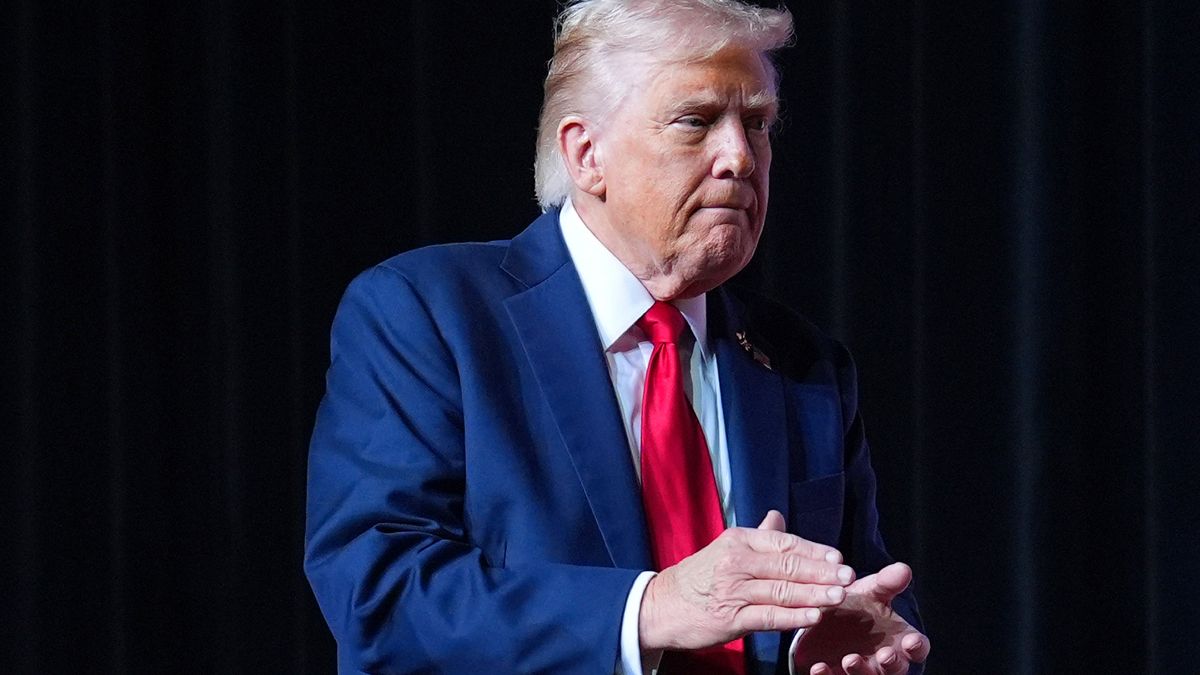)
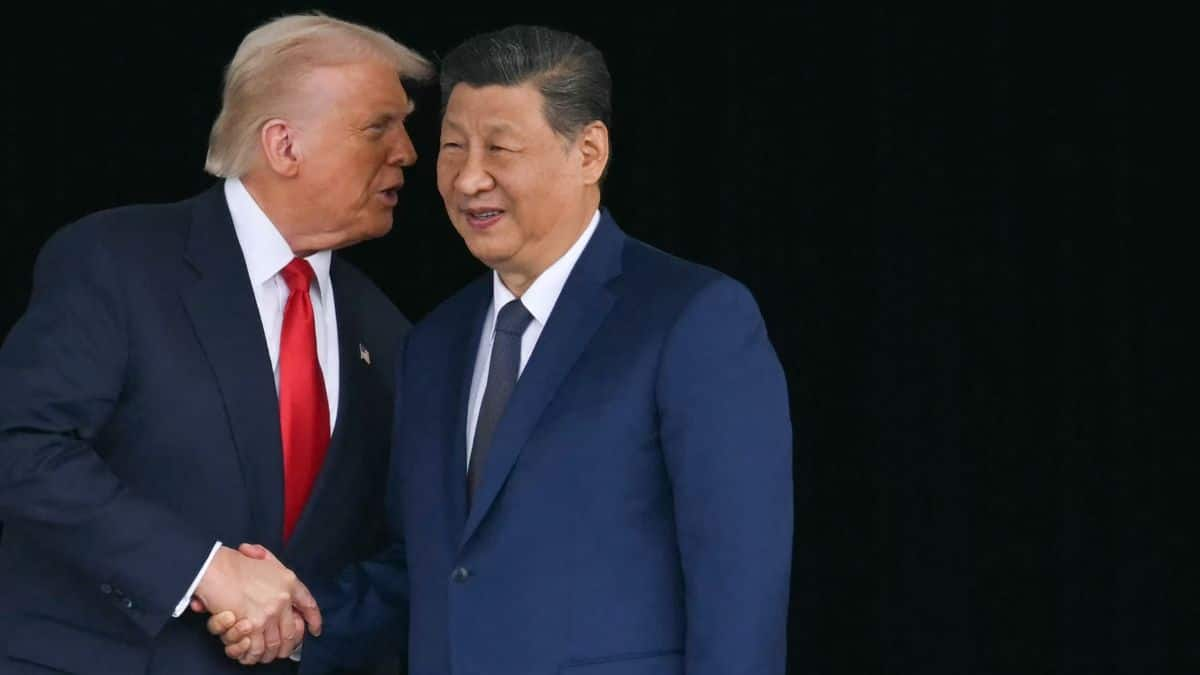
)
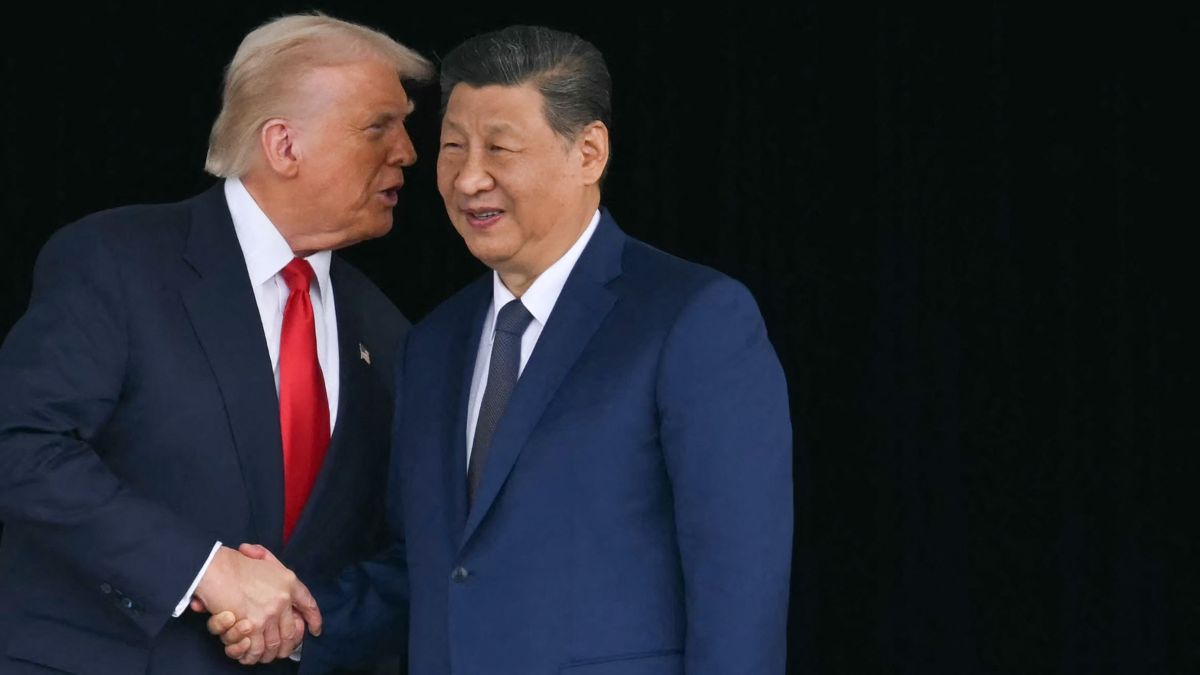)
)
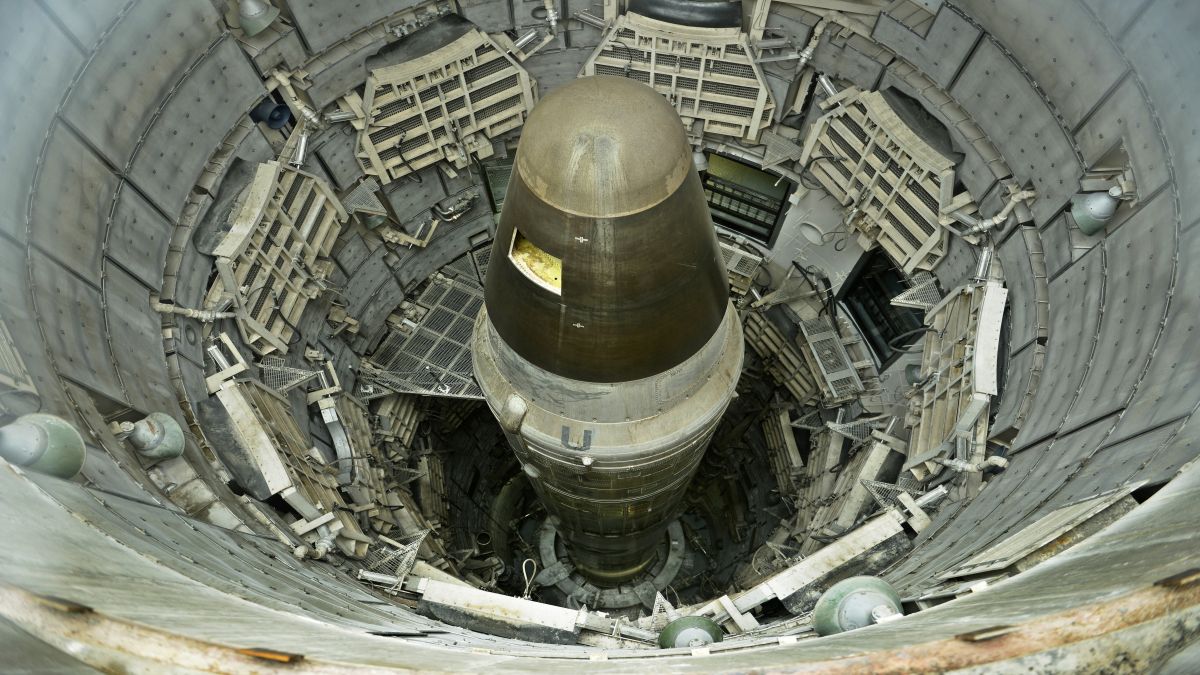)
)
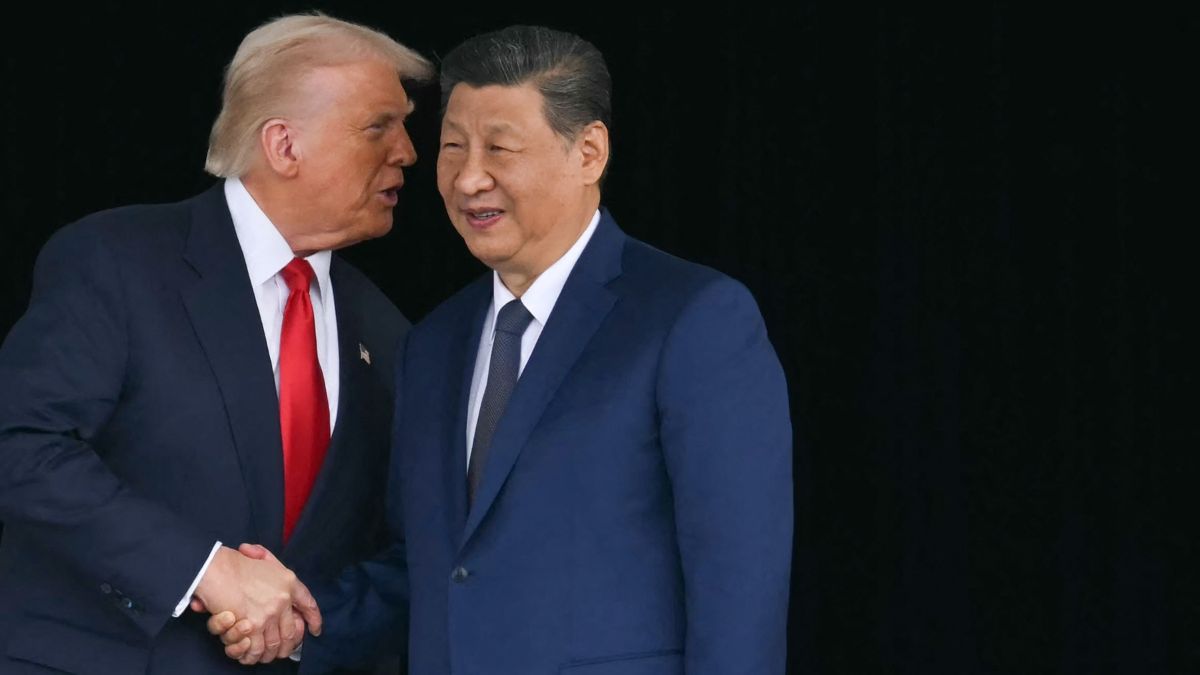)
)
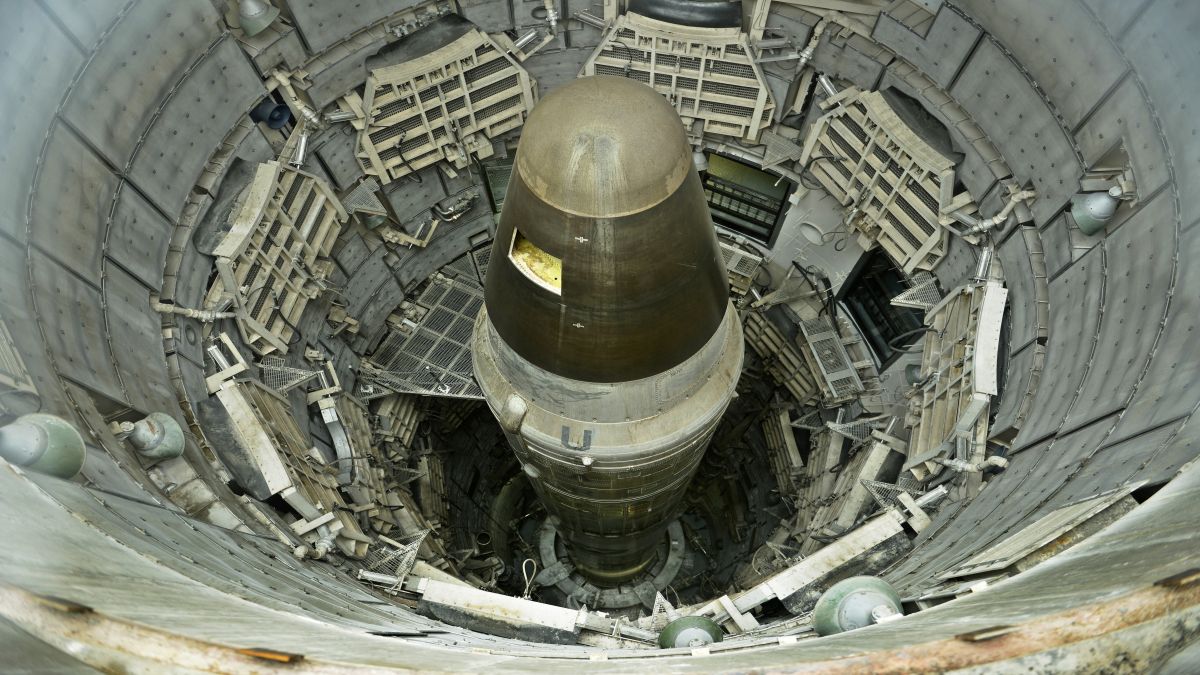)



